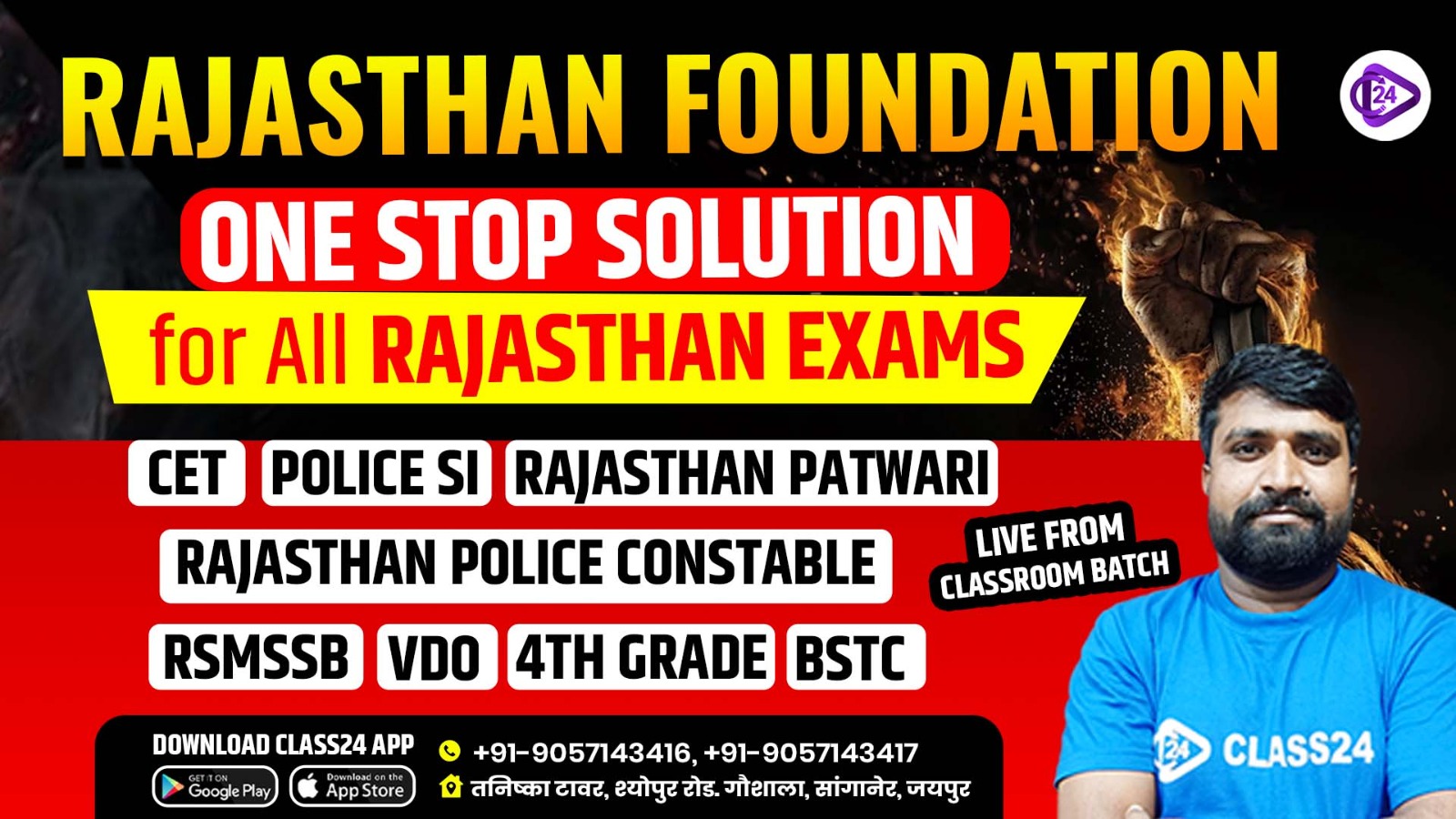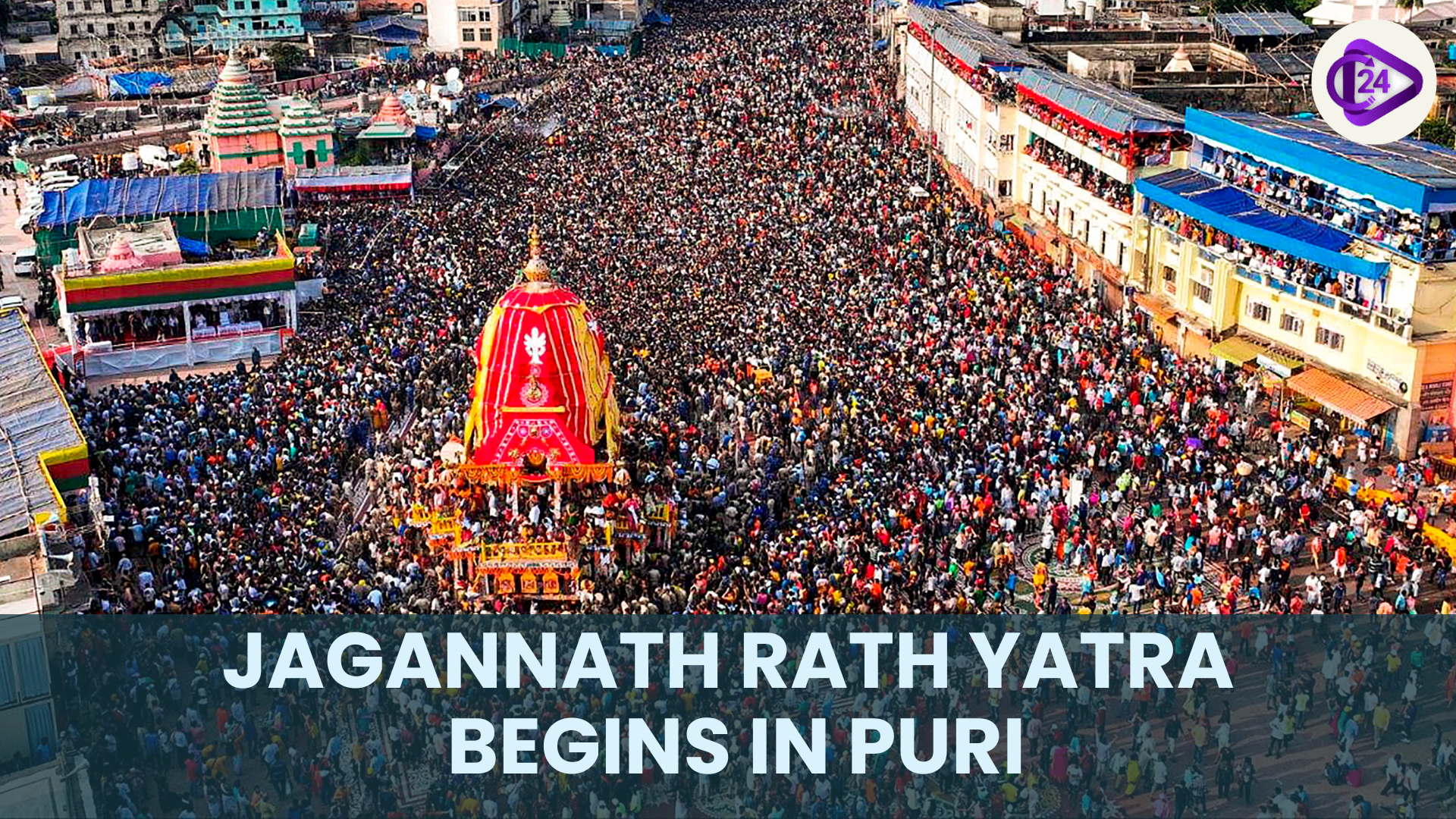
Today, the most popular Rath Yatra, or Chariot Festival, of Lord Jagannath, and his siblings, Lord Balabhadra and Devi Subhadra is scheduled to be started at Jagannath Puri, Odisha. Every year in June-July, this legendary carnival is held to commemorate the trip of the deities to their birth land, Hari-Gundicha Temple. Millions of devotees around the globe attend the event and celebrate it in India as a big event in the culture and religion of Indians.
What is Jagannath Rath Yatra?
-
Jagannath Rath Yatra refers to an annual Hindu festival which revolves around the journey of Lord Jagannath, his elder brother Lord Balabhadra and his junior sister Goddess Subhadra.
-
Gods make the journey of about three kilometers to the Gundicha temple, which is the home of their aunt, which is a distance of three kilometers away than their home temple in Puri, Odisha.
-
It is called the Festival of Chariots because the gods are transported in three gigantic wooden chariots being pulled by the devotees by the help of ropes.
Why is Jagannath Rath Yatra celebrated?
-
According to the legend, Goddess Subhadra once said that she wanted to go to the house of her aunt in Gundicha.
-
Lord Jagannath and Lord Balabhadra had to accompany her on a chariot ride to realize her wish.
-
This is repeated annually and the gods follow a similar path towards Gundicha Temple.
Historical Background:
-
The Jagannath Rath Yatra has been traced as far back as to the 12th century CE when King Anantavarman Chodaganga Deva had built the Jagannath temple in Puri.
-
Ancient sources also indicate that the festival has been in existence since time immemorial even before the temple was built.
Time and Period:
-
The festival is celebrated once a year on the second day of the bright fortnight of the month of Ashadha ( June-July) and the festival lasts nine days.
-
The finale of the festival is the homecoming of Gods to the Jagannath temple which is referred to as the Bahuda Yatra.
Characteristics of the Charis:
The chariots are large and highly ornamented, and skilled craftsmen, known as rupakar servitors, decorate it with sculptured figures of birds, animals, flowers and guardian deities. There are three chariots that are used in the yatra:
-
Nandighosha - The chariot of the lord Jagannath.
-
Taladhwaja - Horse-carriage of Lord Balabhadra.
-
Darpadalana - The car of Subhadra goddess.
Jagannath Puri:
-
The Jagannath Puri Temple or the White Pagoda, is one of the important monuments of Odisha and also considered to be one of the Char Dham The Hindu pilgrimage destinations in India (along with Badrinath, Dwaraka and Rameswaram).
-
It is a perfect piece of Kalinga architecture, defined by curved towers, carvings, and decorated sculptures.
-
A fortified ring wall surrounds the temple complex and contains four gates oriented to the cardinal directions.
-
It consists of four big structures:
-
Vimana (Sanctum): The most inner components of the temple that holds the gods.
-
Jagamohana (Assembly Hall): The assembly hall court used by the devotees.
-
Nata-Mandira (Festival Hall): Here festivals and celebrations of the temples were held.
-
Bhoga-Mandapa (Offering Hall): The hall in which offering to the deities is made.
-
People also believe that the temple is a Yamanika Tirtha which means that the influence of the lord of death Yama has been wiped out by the existence of Lord Jagannath.
Conclusion
Puri Rath Yatra is a large religious event as well as a cultural festival, which depicts piety, and harmony of the millions. The festival is to be a great success as the security is strong, everything is planned and devotees will come to experience the chariot procession and the journey of deities to Gundicha Temple regardless of the places they live in the world.



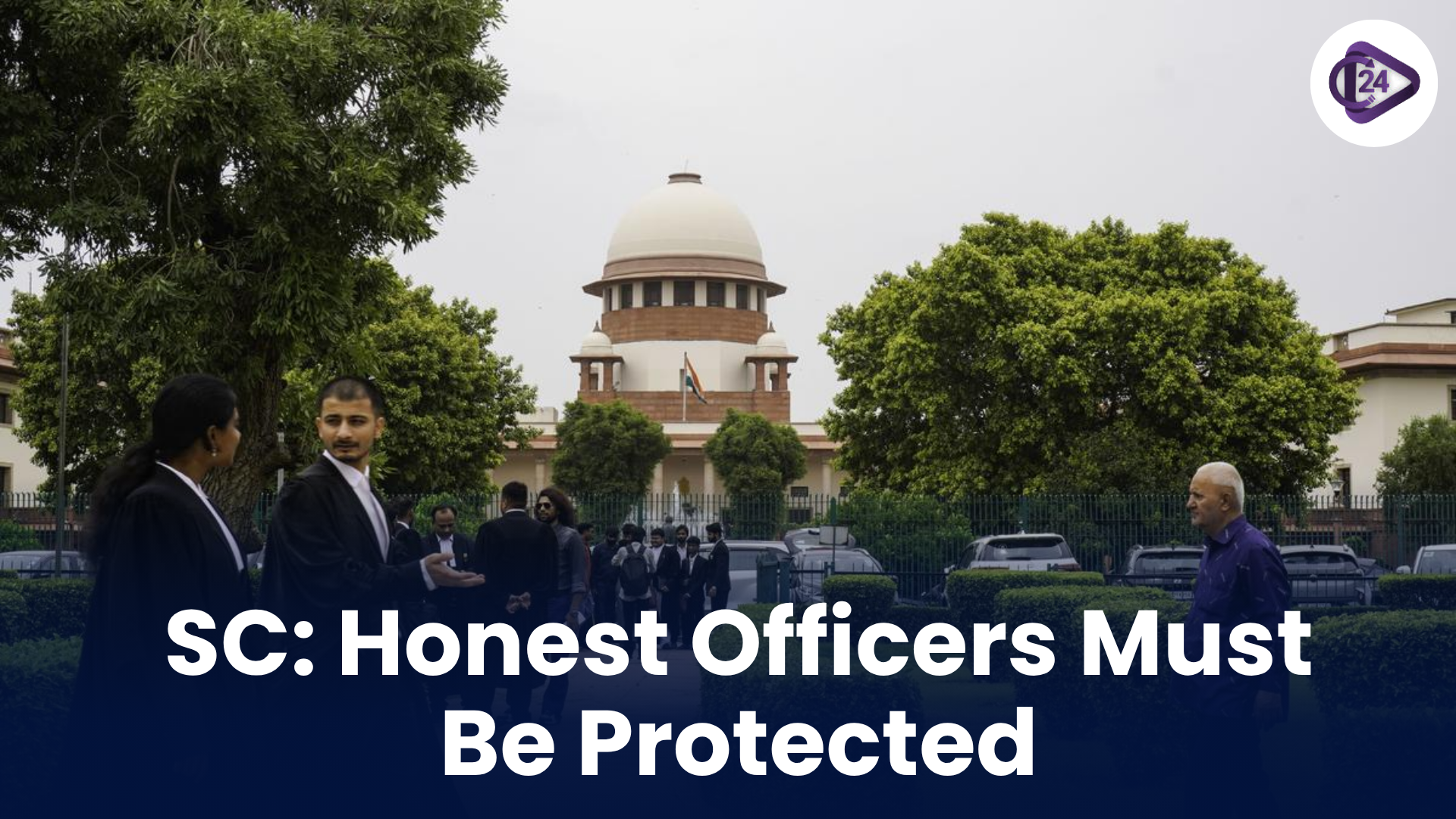 Supreme Court Stresses Protection for Honest Officers Under PCA
Supreme Court Stresses Protection for Honest Officers Under PCA PM Internship Scheme: Female Participation Rises to 41% from 31%
PM Internship Scheme: Female Participation Rises to 41% from 31%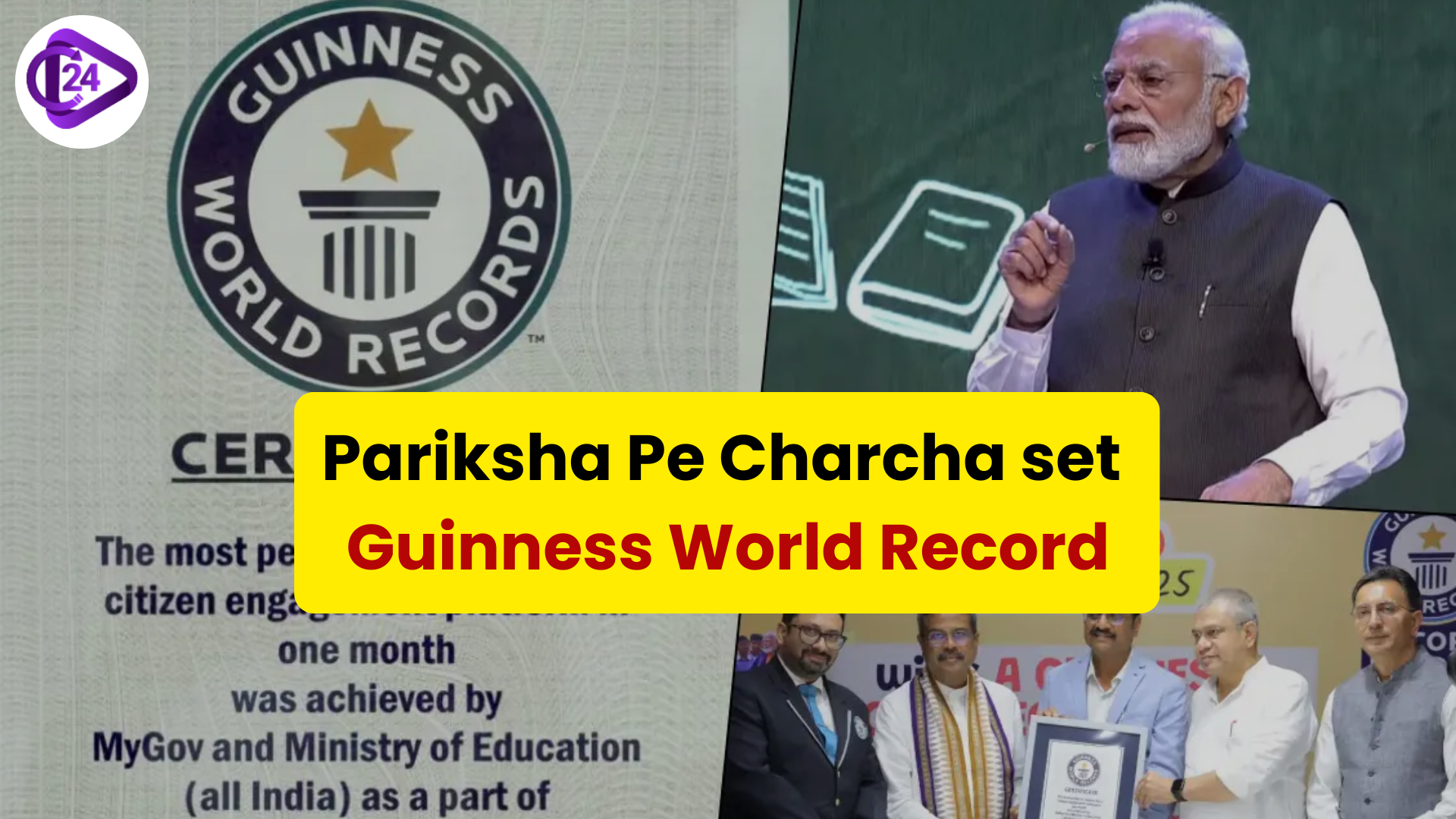 Pariksha Pe Charcha Sets Guinness World Record by highest number of registrations
Pariksha Pe Charcha Sets Guinness World Record by highest number of registrations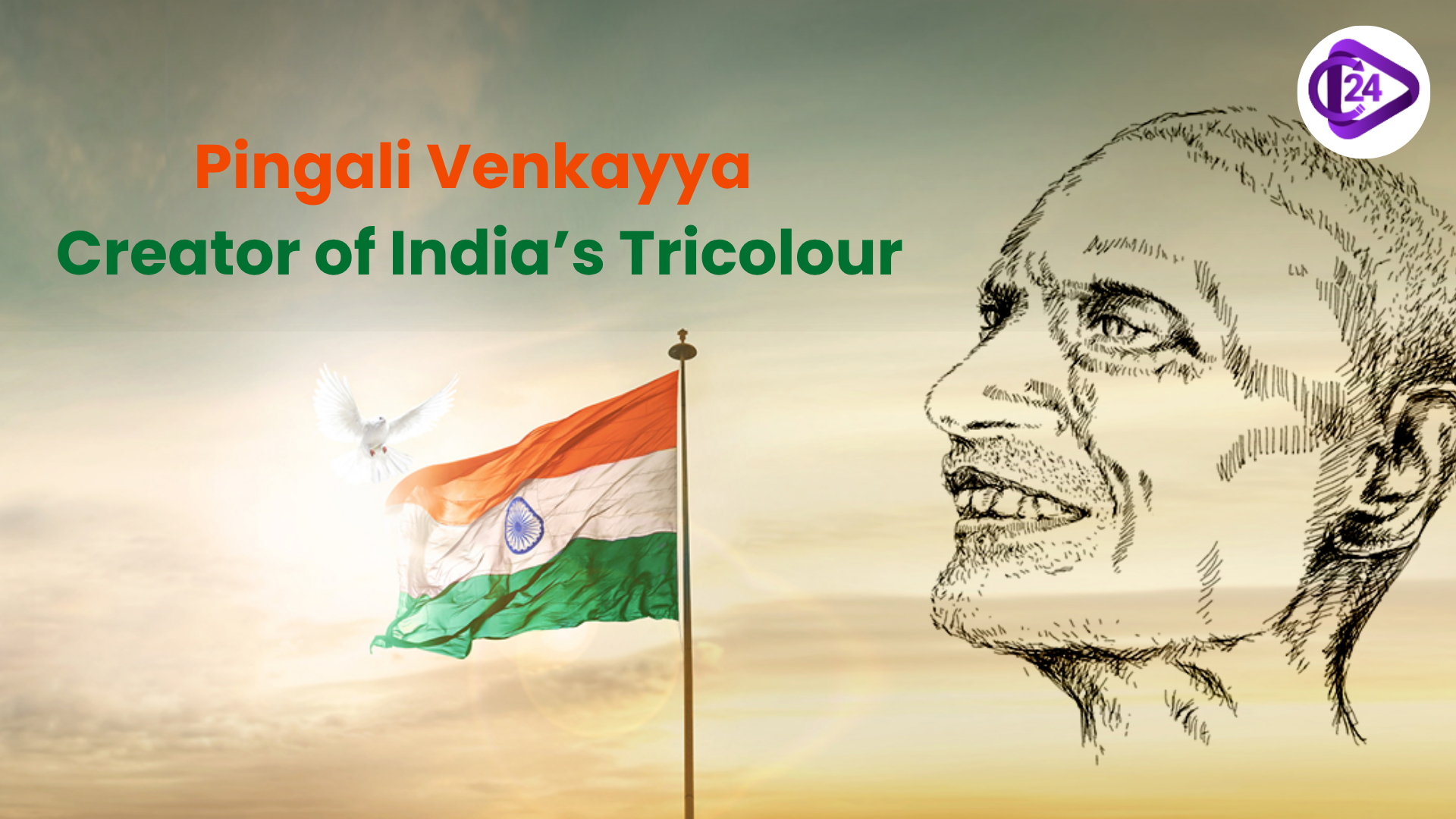 Pingali Venkayya: The Man Behind India’s Tricolour
Pingali Venkayya: The Man Behind India’s Tricolour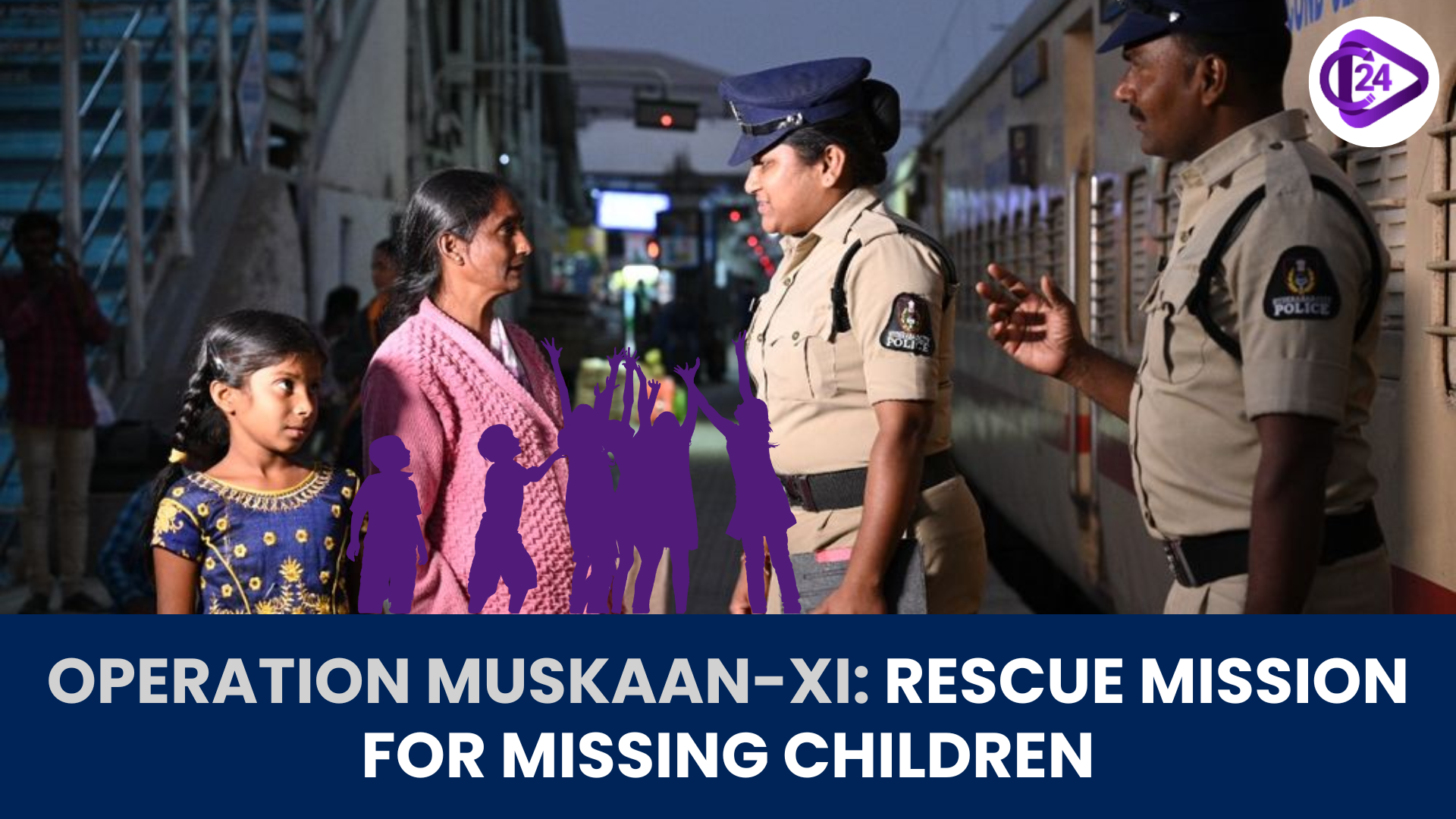 Operation Muskaan-XI: A Lifeline for India’s Lost and Exploited Children
Operation Muskaan-XI: A Lifeline for India’s Lost and Exploited Children 71st National Film Awards 2025: Celebrating Diversity, Craft, and Cultural Narratives in Indian Cine
71st National Film Awards 2025: Celebrating Diversity, Craft, and Cultural Narratives in Indian Cine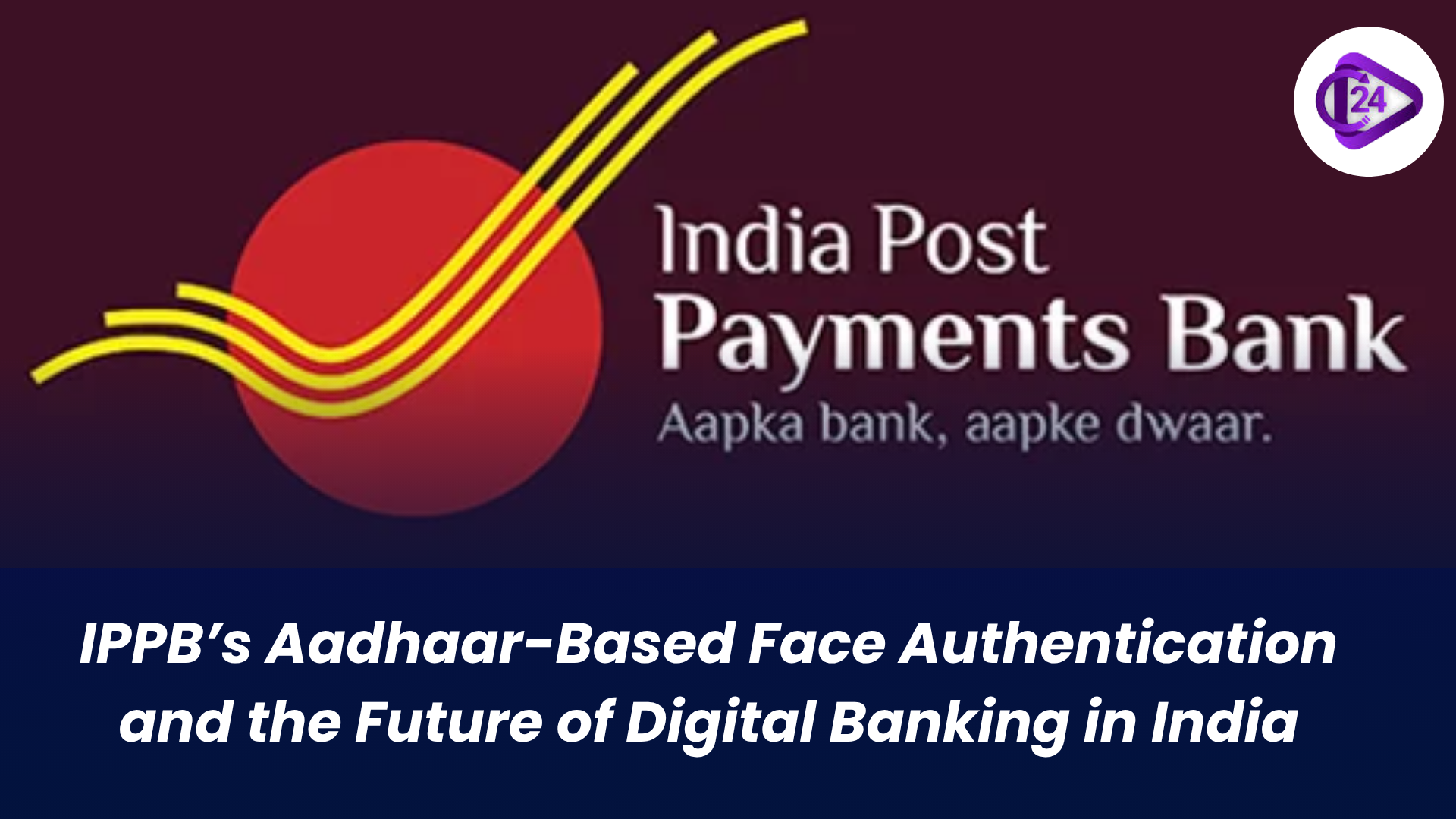 IPPB’s Aadhaar-Based Face Authentication and the Future of Digital Banking in India
IPPB’s Aadhaar-Based Face Authentication and the Future of Digital Banking in India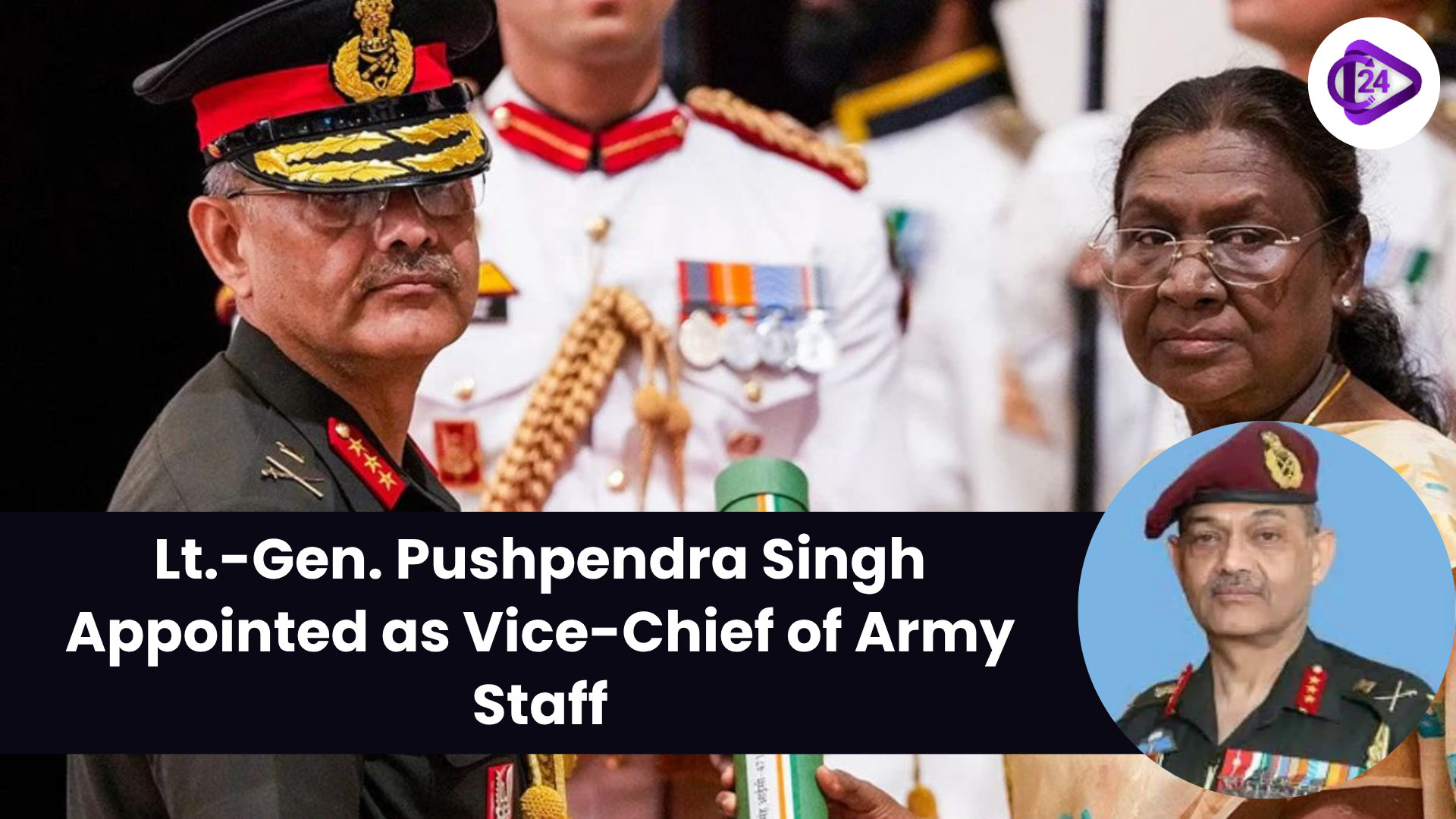 Lt.-Gen. Pushpendra Singh Appointed as Vice-Chief of Army Staff
Lt.-Gen. Pushpendra Singh Appointed as Vice-Chief of Army Staff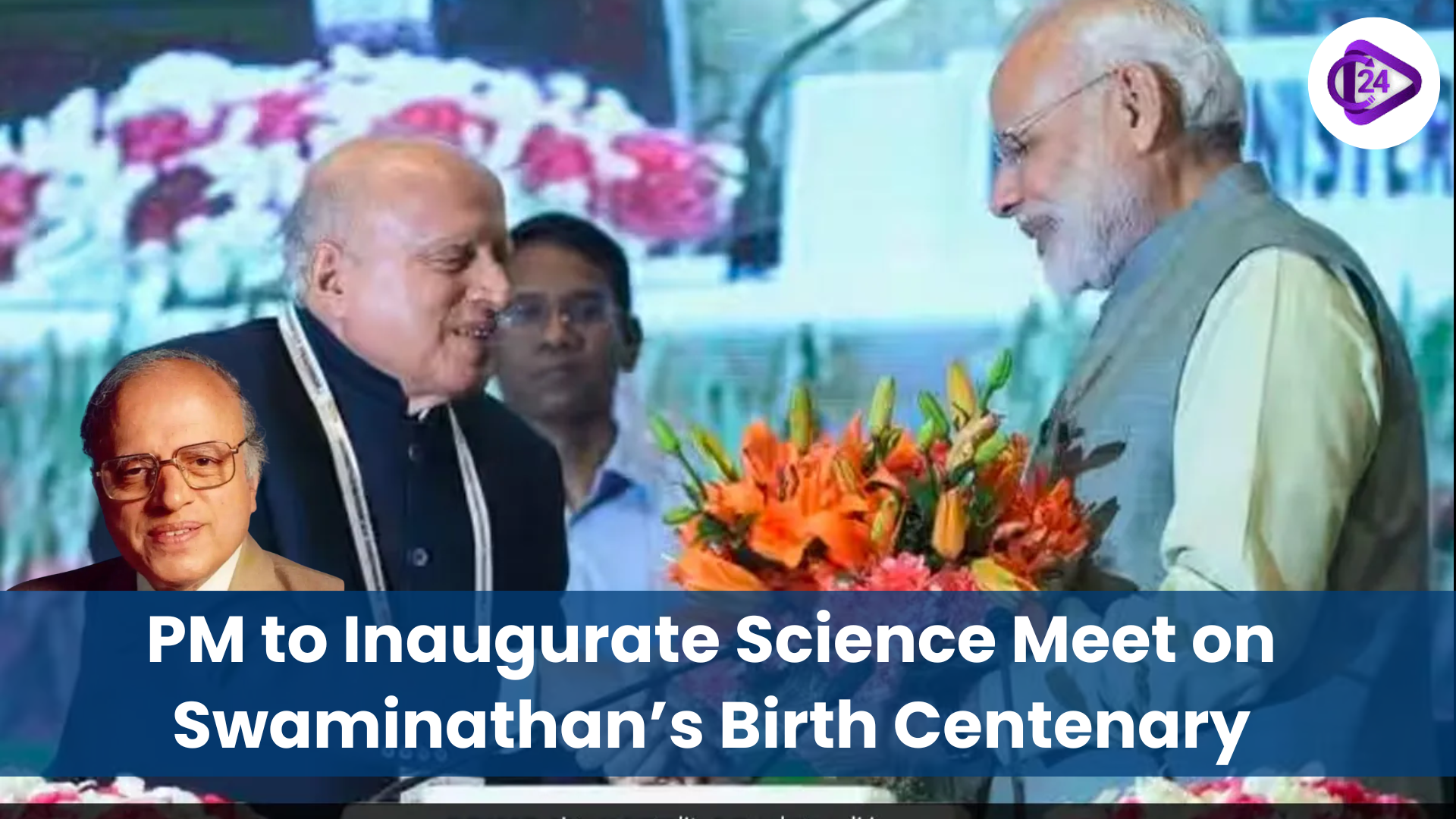 PM to Inaugurate Science Meet on Swaminathan’s Birth Centenary
PM to Inaugurate Science Meet on Swaminathan’s Birth Centenary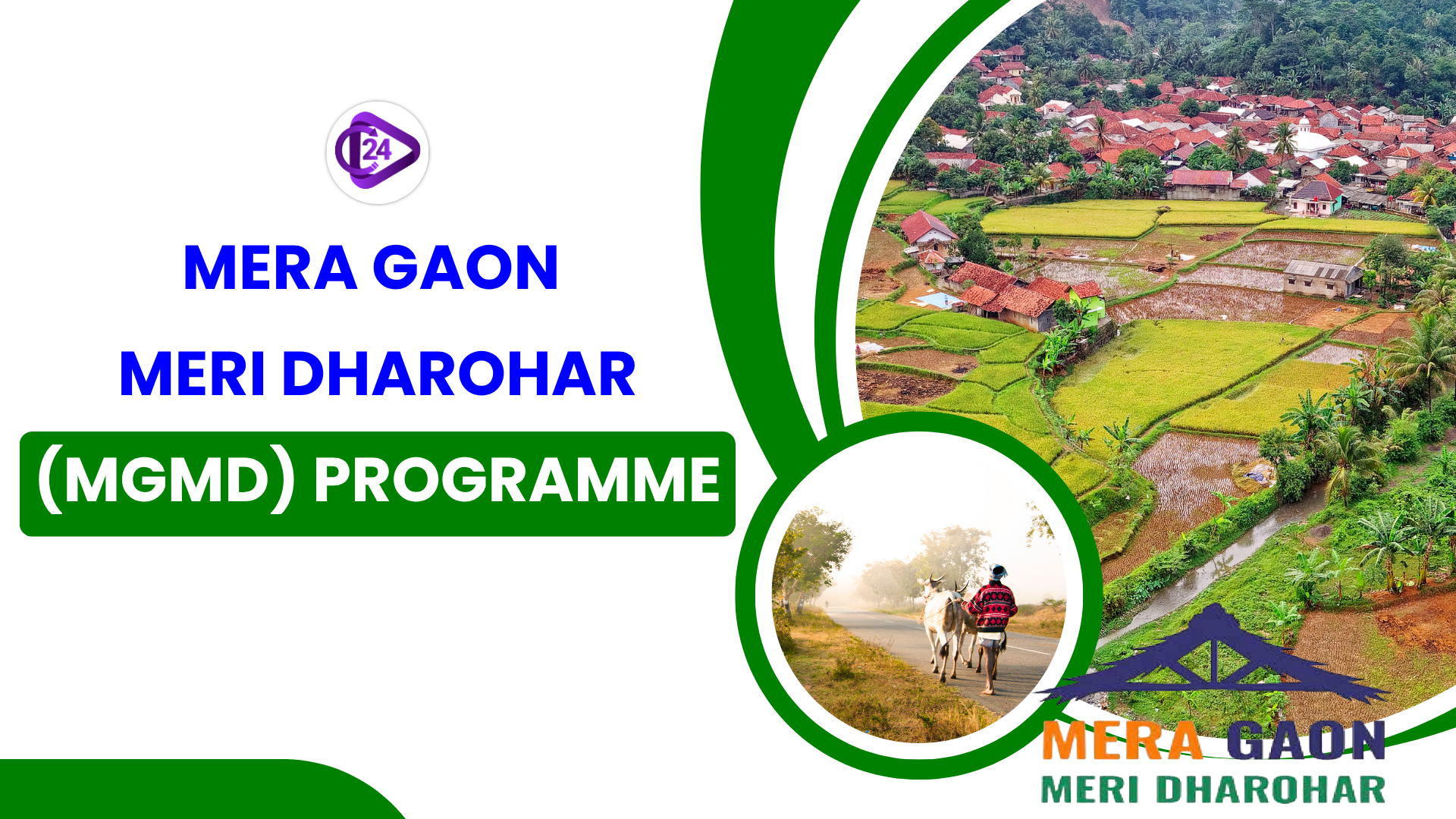 Mera Gaon Meri Dharohar (MGMD): Cultural Mapping for Rural Identity and Development
Mera Gaon Meri Dharohar (MGMD): Cultural Mapping for Rural Identity and Development